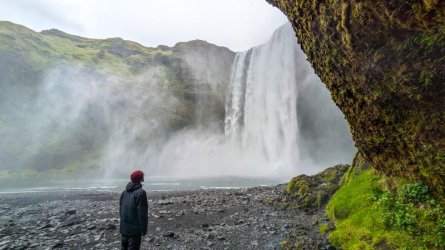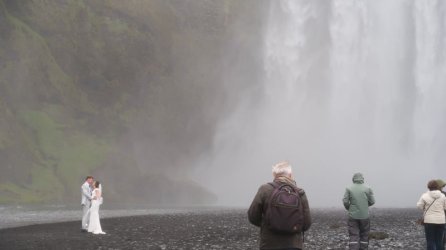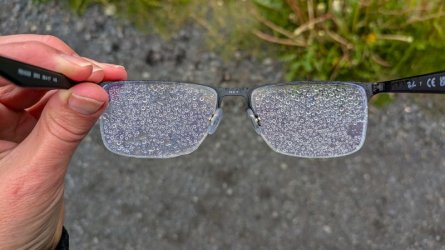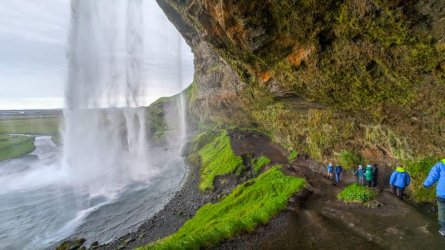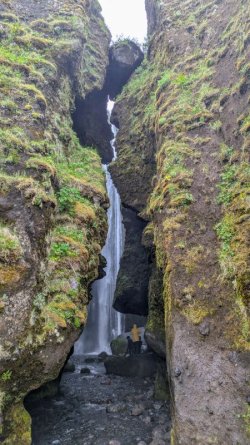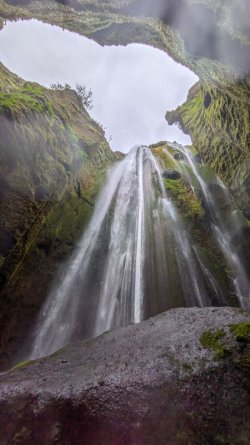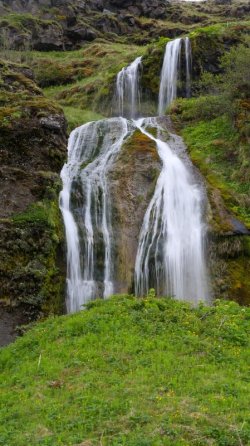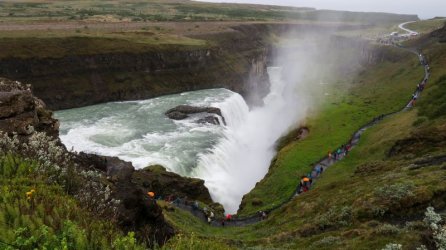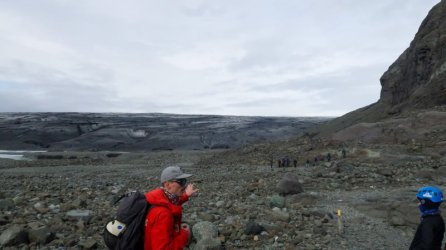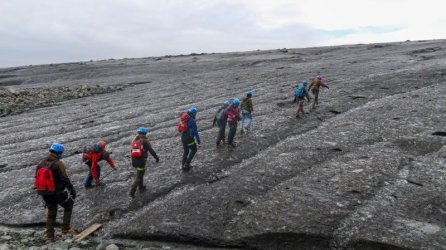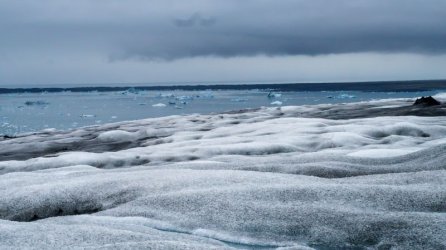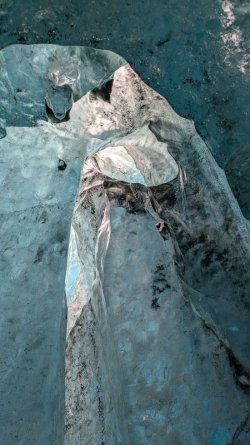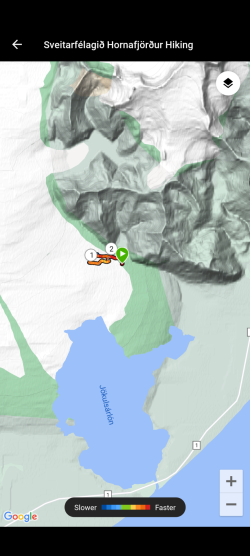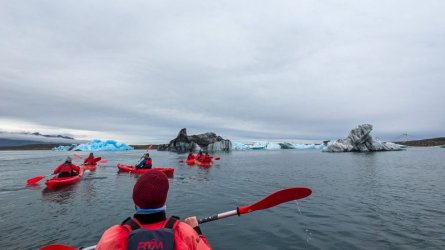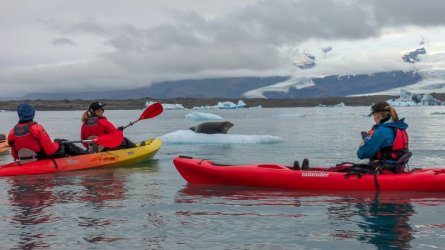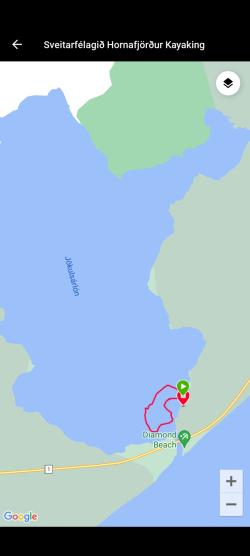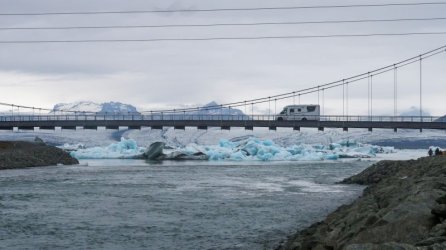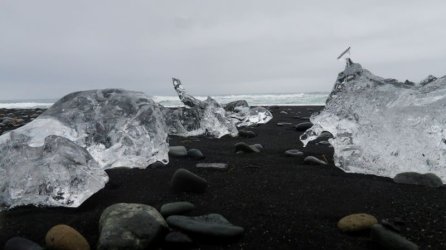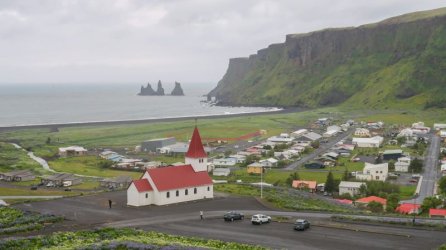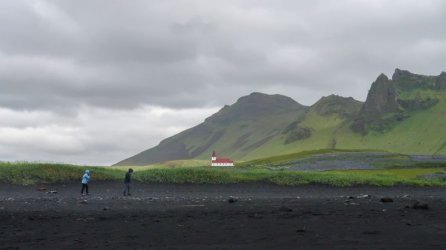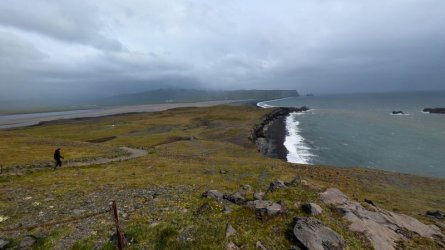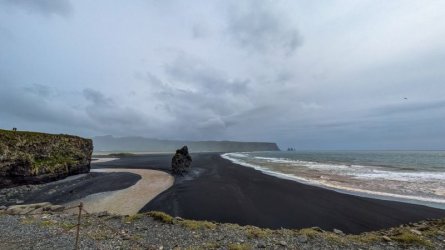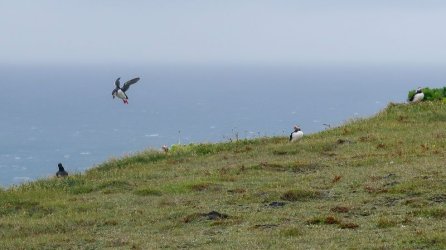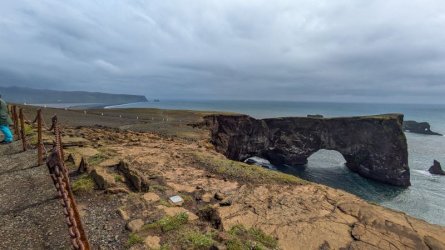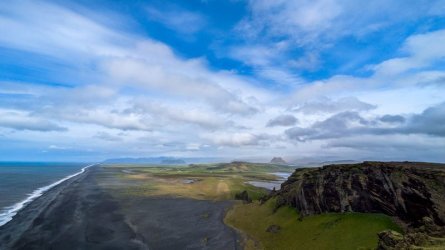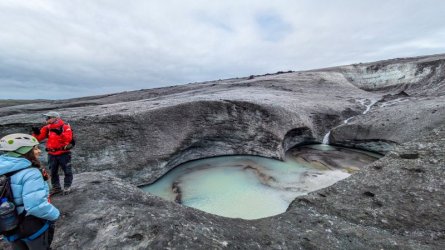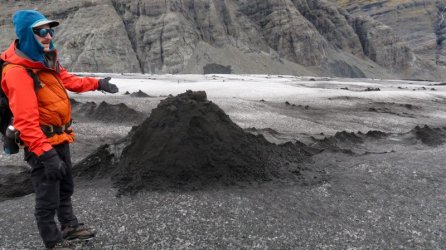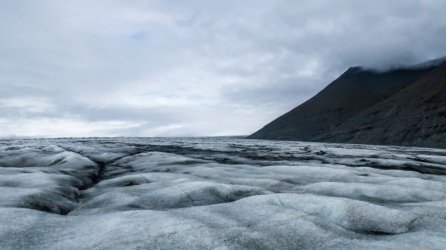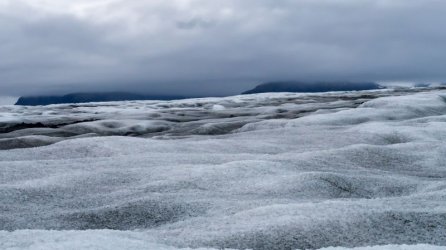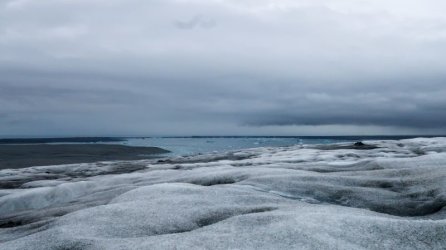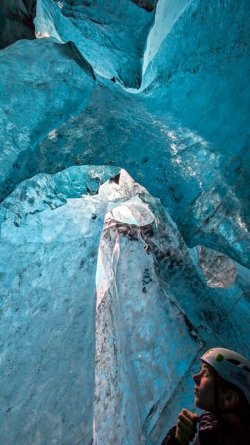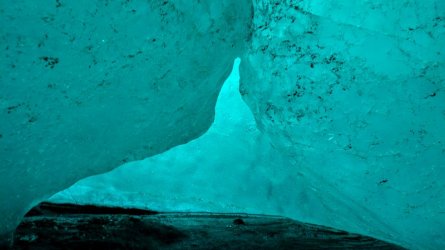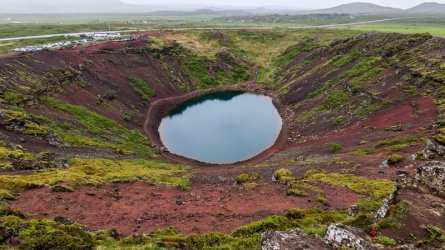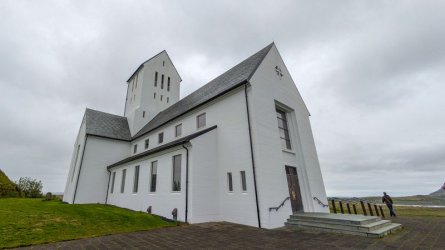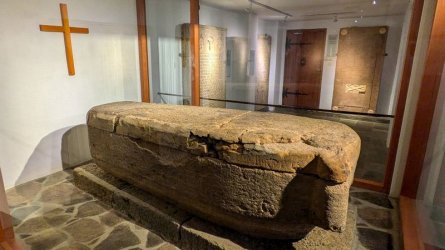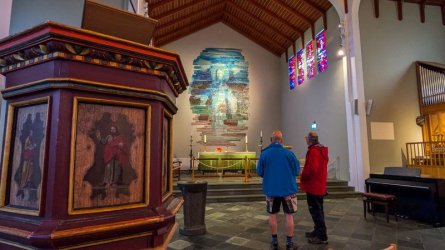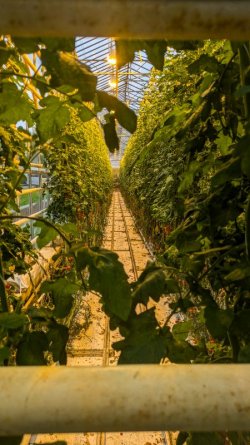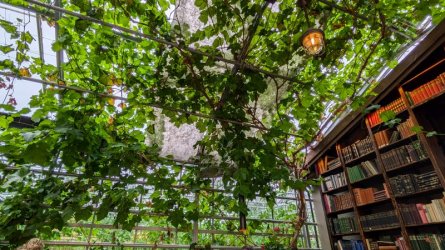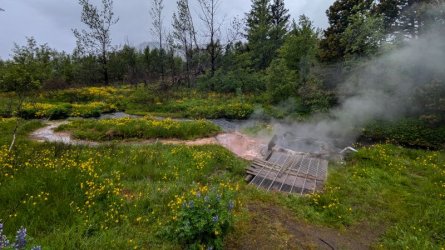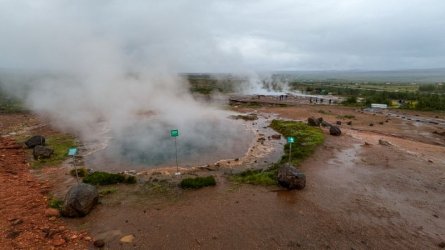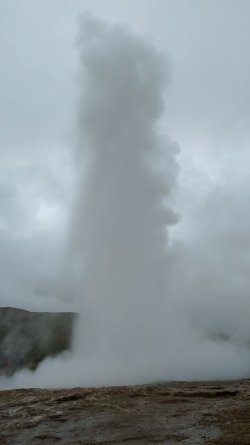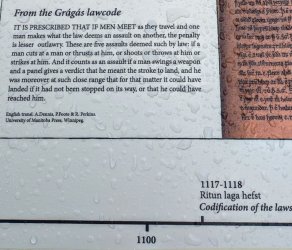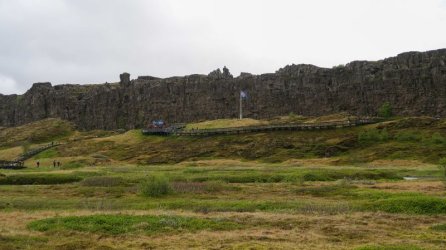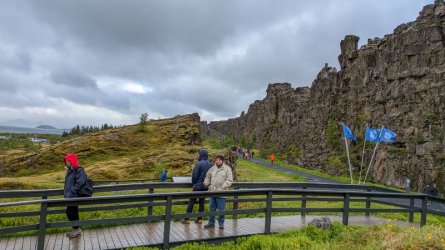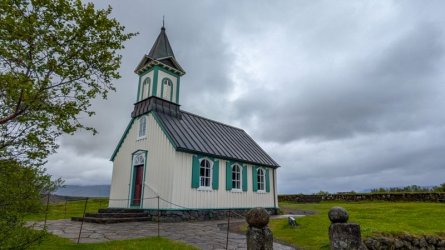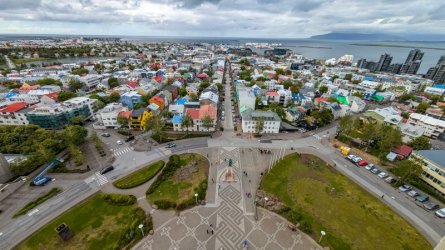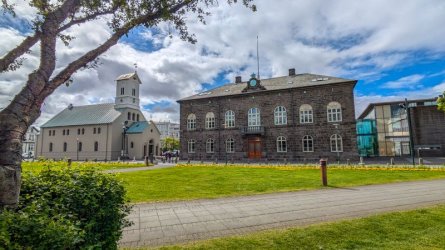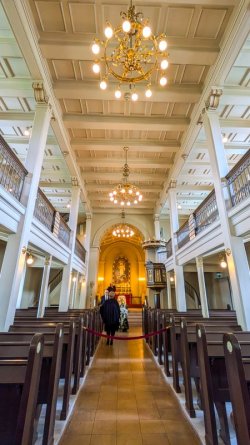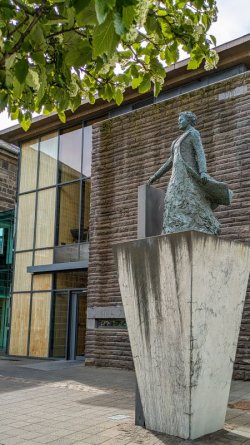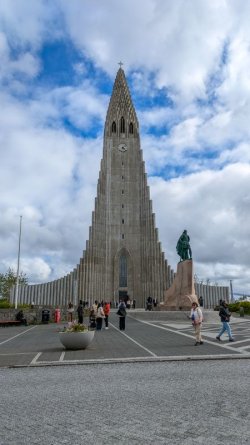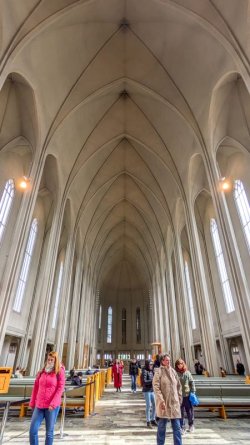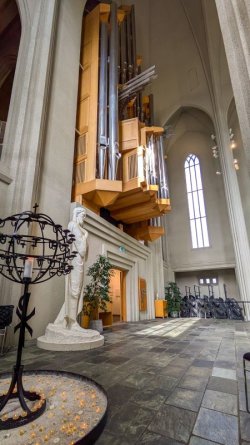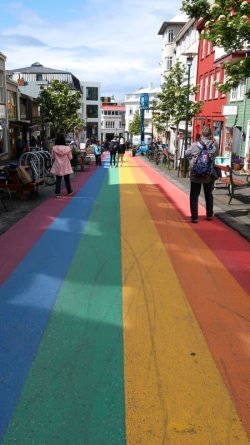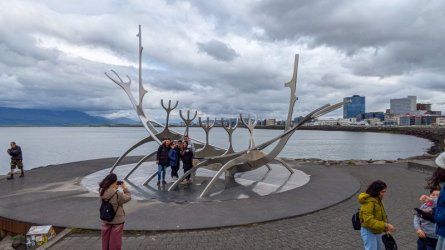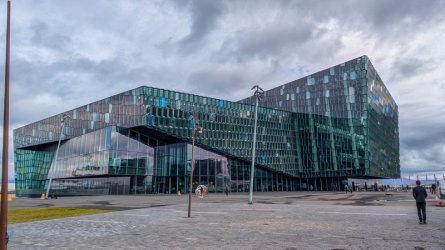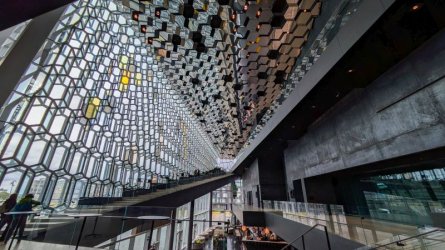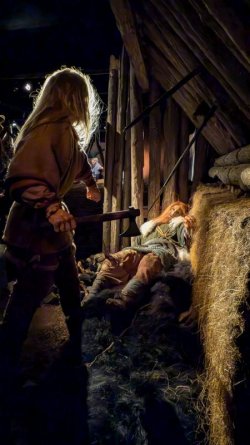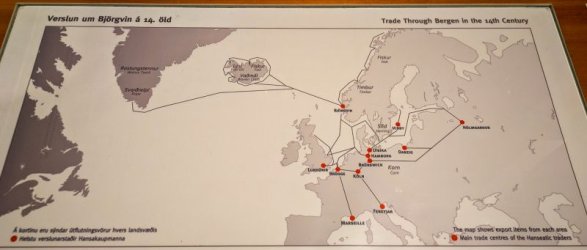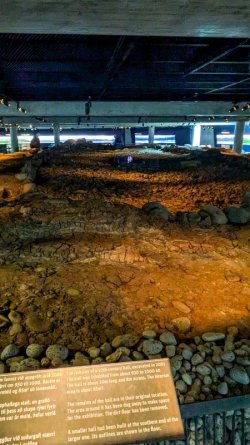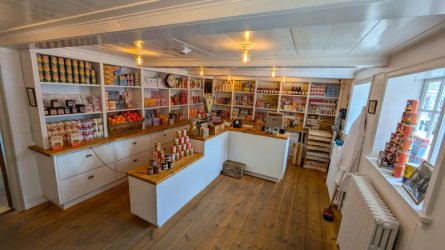- Joined
- May 25, 2013
- Posts
- 1,801
WELCOME TO ICELAND!
Too long has passed since the previous entry but I want to continue to the end. Jet lag over, bugs cleared off the system, and a new job started, I should have more time & energy for this again. When starting, I thought I'd post as we go but travel took over. That was a good discovery about how I operate while on the road. Next TR will test a different approach.
These will be theme based posts instead of strictly chronological.
Get me connected
AY offers in-flight internet. It's free to their Platinum FF's but, alas, not extended to OWE's. Others can buy it for an hour or full duration for about 10€. Didn't buy but this connectivity map is great in setting the expectations. A good addition to the soft product / service.
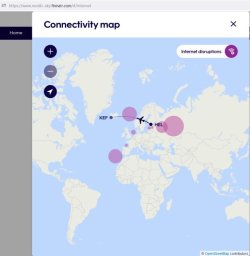
We have arrived!
This kind of slightly playful style humours me. It's like being welcomed to a mysterious realm from what's familiar and known. Down the escalator you go now...
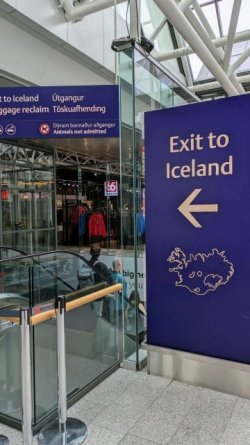
The most common rental car?
Especially at the key sights, these cars swarm everywhere. It must be the most common rental car model at the moment. Dacia Duster, from the Romanian arm of the iconic French car maker Renault. It was a solid mid-range car, behaved well and carried us two comfortably. My son is 190 cm tall and had adequate space at the front. Hertz lists this as a compact SUV, the smallest 4x4 in their collection which is allows you to traverse also the small backroads ("F-roads"). Ours was diesel, drank about 5L/100 km. The fuel costs around 320 ISK/L (AUD $3.50).

Money, money, money...
Everywhere you go, you can pay by card (Visa/MC). It's ubiquitous even in smaller places on the countryside.
But ATM's do charge fees. I wanted some cash as a souvenir for my barber who collects foreign banknotes and displays them on his mirror. Landsbankinn - Hradbanki ATM charged 300 ISK for the pleasure when using the Wise card.
For us the currency conversion is really easy at the moment: divide ISK by 10 and add 10% (or round up a little). E.g. your 550 ISK coffee would be a bit over AUD $6 (=550/10 + 10%).
Everything is expensive! Well, that's of course relative. But you should expect to pay at least 1.5x compared to Australian prices. After Finland, the grocery stores were similar for packaged goods, fish & meat and dairy but more expensive for fresh produce. For comparison, for many products, Finnish supermarket has the same figures in the price tag than Australia - but the $/€ FX rate means they are 1.5x above Australian price levels.
Lunches go for 2,500 ISK per person and up, typically 5,000 or a bit more. So, that's $30+ for simple meals and $50+ for more substantial meals.
Alcohol
When you exit the KEF terminal, you'll be faced by a tax-free shop. Unlike many others, this is spacious, calm and easy to walk through. But if you want stronger drops while in Iceland, it'll be cheaper to grab it while you pass through. Mild drinks are similar prices in the city or the local state-run bottle shop.
We tested out this rhubarb liquor. Very agreeable, and a nice way to celebrate the start of that part of the trip.
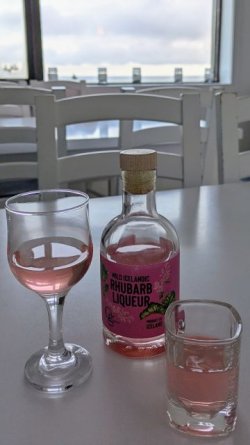
Shoes off!
At the first two stops we stayed in hostels. Both of them had a strict rule about taking shoes off. So, bring your slippers or thick woolen socks if you want something over your socks. Notice also the shoedryer at the lower right corner of the area: hot air to dry two pairs of boots. Very useful!
I presume you'd keep your shoes on in hotels until your room. But expect to keep the AirBnB, hostel, etc floors cleaner by leaving shoes off.
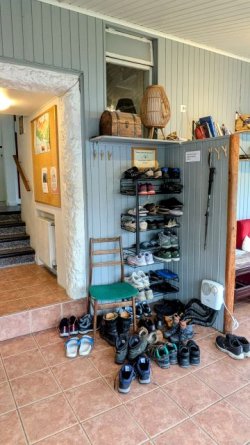
Too long has passed since the previous entry but I want to continue to the end. Jet lag over, bugs cleared off the system, and a new job started, I should have more time & energy for this again. When starting, I thought I'd post as we go but travel took over. That was a good discovery about how I operate while on the road. Next TR will test a different approach.
These will be theme based posts instead of strictly chronological.
Get me connected
AY offers in-flight internet. It's free to their Platinum FF's but, alas, not extended to OWE's. Others can buy it for an hour or full duration for about 10€. Didn't buy but this connectivity map is great in setting the expectations. A good addition to the soft product / service.

We have arrived!
This kind of slightly playful style humours me. It's like being welcomed to a mysterious realm from what's familiar and known. Down the escalator you go now...

The most common rental car?
Especially at the key sights, these cars swarm everywhere. It must be the most common rental car model at the moment. Dacia Duster, from the Romanian arm of the iconic French car maker Renault. It was a solid mid-range car, behaved well and carried us two comfortably. My son is 190 cm tall and had adequate space at the front. Hertz lists this as a compact SUV, the smallest 4x4 in their collection which is allows you to traverse also the small backroads ("F-roads"). Ours was diesel, drank about 5L/100 km. The fuel costs around 320 ISK/L (AUD $3.50).

Money, money, money...
Everywhere you go, you can pay by card (Visa/MC). It's ubiquitous even in smaller places on the countryside.
But ATM's do charge fees. I wanted some cash as a souvenir for my barber who collects foreign banknotes and displays them on his mirror. Landsbankinn - Hradbanki ATM charged 300 ISK for the pleasure when using the Wise card.
For us the currency conversion is really easy at the moment: divide ISK by 10 and add 10% (or round up a little). E.g. your 550 ISK coffee would be a bit over AUD $6 (=550/10 + 10%).
Everything is expensive! Well, that's of course relative. But you should expect to pay at least 1.5x compared to Australian prices. After Finland, the grocery stores were similar for packaged goods, fish & meat and dairy but more expensive for fresh produce. For comparison, for many products, Finnish supermarket has the same figures in the price tag than Australia - but the $/€ FX rate means they are 1.5x above Australian price levels.
Lunches go for 2,500 ISK per person and up, typically 5,000 or a bit more. So, that's $30+ for simple meals and $50+ for more substantial meals.
Alcohol
When you exit the KEF terminal, you'll be faced by a tax-free shop. Unlike many others, this is spacious, calm and easy to walk through. But if you want stronger drops while in Iceland, it'll be cheaper to grab it while you pass through. Mild drinks are similar prices in the city or the local state-run bottle shop.
We tested out this rhubarb liquor. Very agreeable, and a nice way to celebrate the start of that part of the trip.

Shoes off!
At the first two stops we stayed in hostels. Both of them had a strict rule about taking shoes off. So, bring your slippers or thick woolen socks if you want something over your socks. Notice also the shoedryer at the lower right corner of the area: hot air to dry two pairs of boots. Very useful!
I presume you'd keep your shoes on in hotels until your room. But expect to keep the AirBnB, hostel, etc floors cleaner by leaving shoes off.








